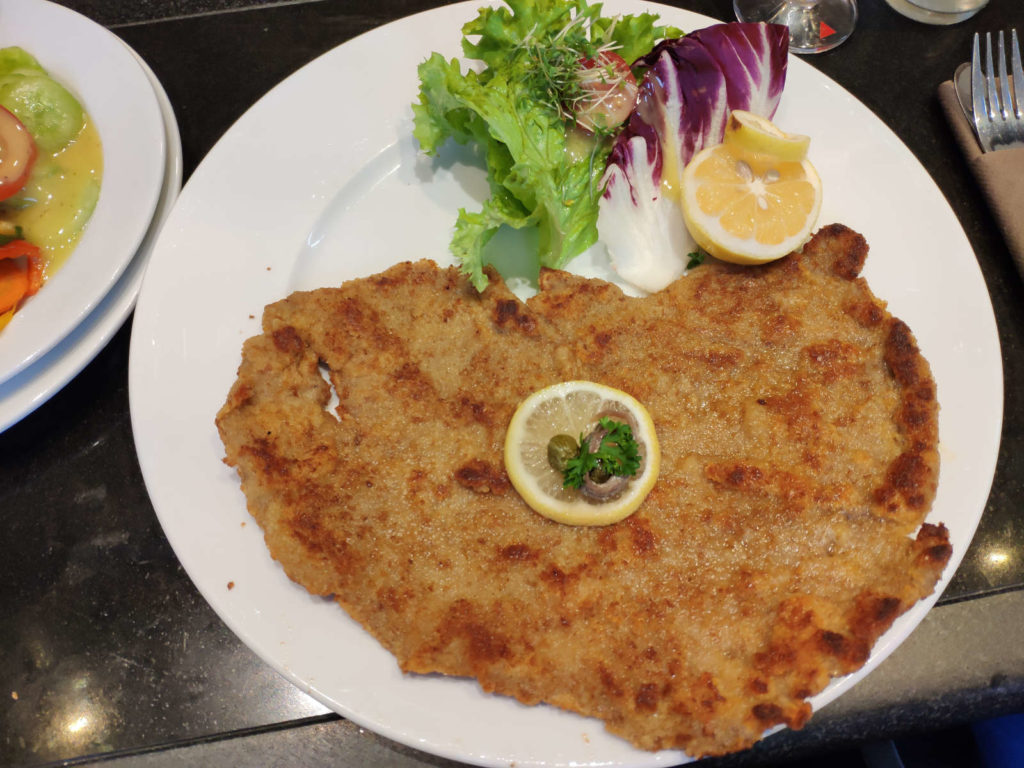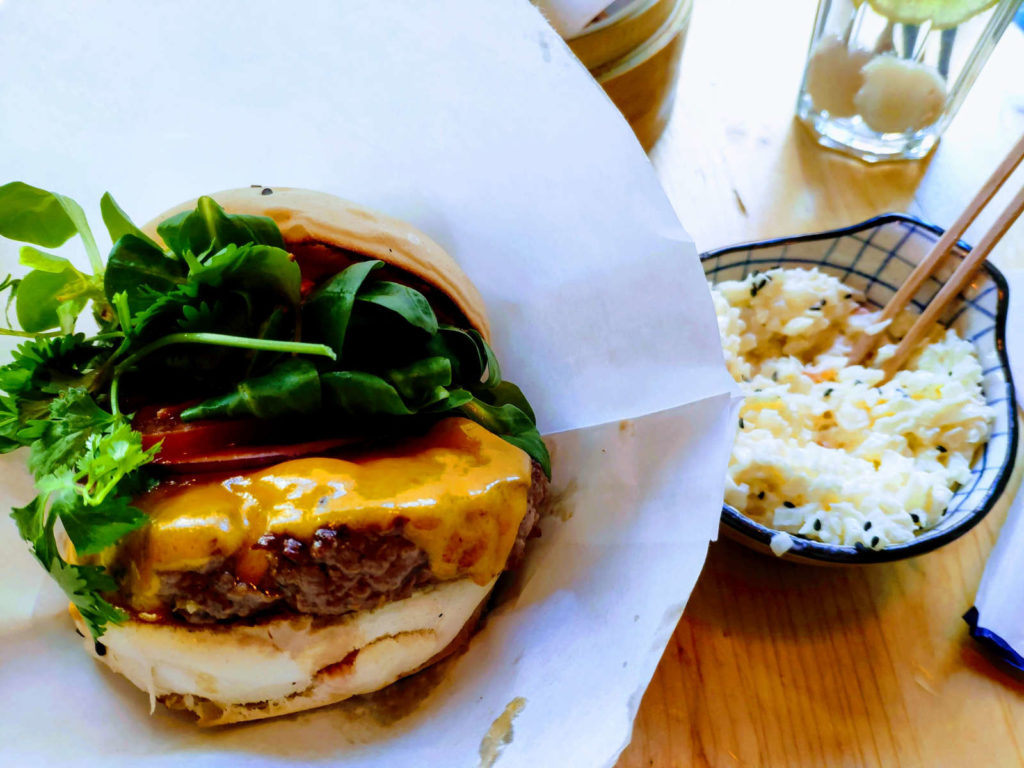How to spot the difference between East and West Berlin
As you already know Berlin has been a divided city for a long time.
After the end of World War 2 and with the rising tension between the East and West (Russia and USA) Berlin was divided in 2 sectors East and West.
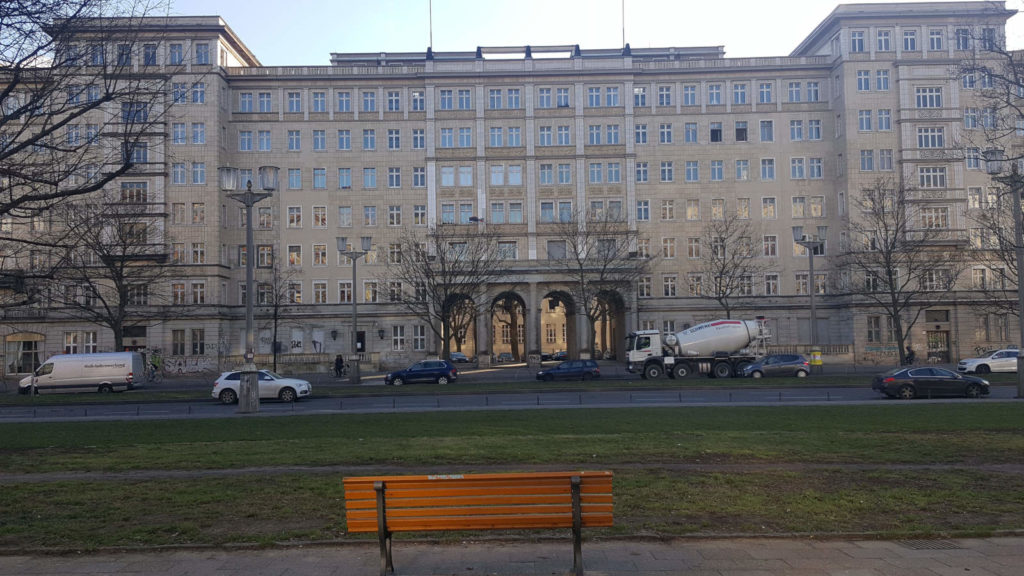
After the formation of the former German Democratic Republic (Deutsche Demokratische Republik short DDR in German) and West Germany (Bundesrepublik Deutschland short BRD in German) people in Berlin lived very different lives depending on which side of the Berlin wall they lived.
With the construction of the Berlin wall in 1961 the division of the city was visible in the everyday lifes of all Berliners.
As the wall only came down in 1989 there are almost 30 years of division running through this city and the aftermaths of this division are still noticeable.
So without further ado let’s see how you can still spot the difference between the former Eastern part of Berlin and the former Western part.
Ampelmann
Probably every tourist will encounter some sort of interaction with the world famous Ampelmann within a few minutes after arriving.
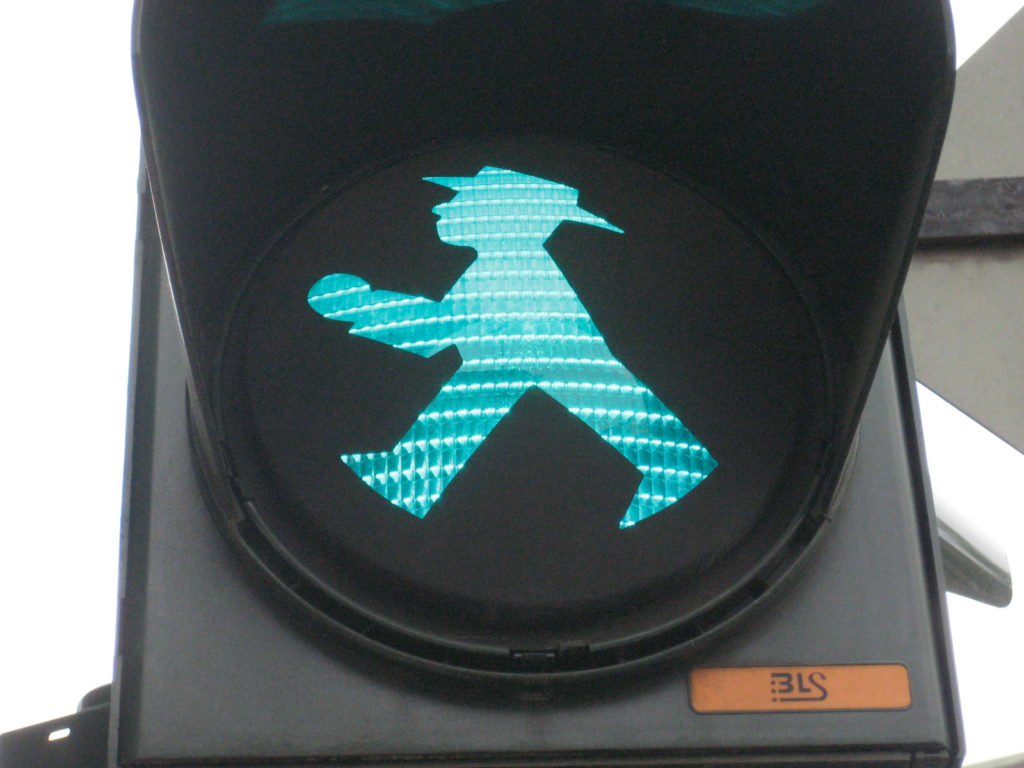
This famous icon has been used in the Eastern part of Berlin and is a sure giveaway if you are in the East or in the West.
The Eastern Berlin Ampelmann has been transformed to some kind of contemporary art symbol and there are Ampelmann shops and products all over the place.
Western Berlin however uses the more boring normal Ampelmann that has been the same in the rest of Western Germany.
Tram vs Bus
Another almost sure giveaway that you are in an area of former Eastern Berlin are if you see a tram on the streets.
You heard right, the famous yellow trams that connect Berlin nowadays have been a thing of the East as well.
However, slowly but surely there are more and more tram tracks in former Western parts of Berlin such as around Berlin Hauptbahnhof and Moabit.
On the other hand, if you are sitting in one of the many BVG double decker buses you are most likely in the former Western part of Berlin.
The downside of buses of course is that these buses are almost always stuck in traffic and never on time.
On the other hand the tram, especially around Prenzlauer Berg and Friedrichshain, has mostly dedicated tram tracks that allow quick transport through town.
Orange Street Lights
This once sure giveaway of if you are in Eastern or Western Berlin is slowly becoming less relevant as old street lights both in the East and West are replaced by the same type of street lights.
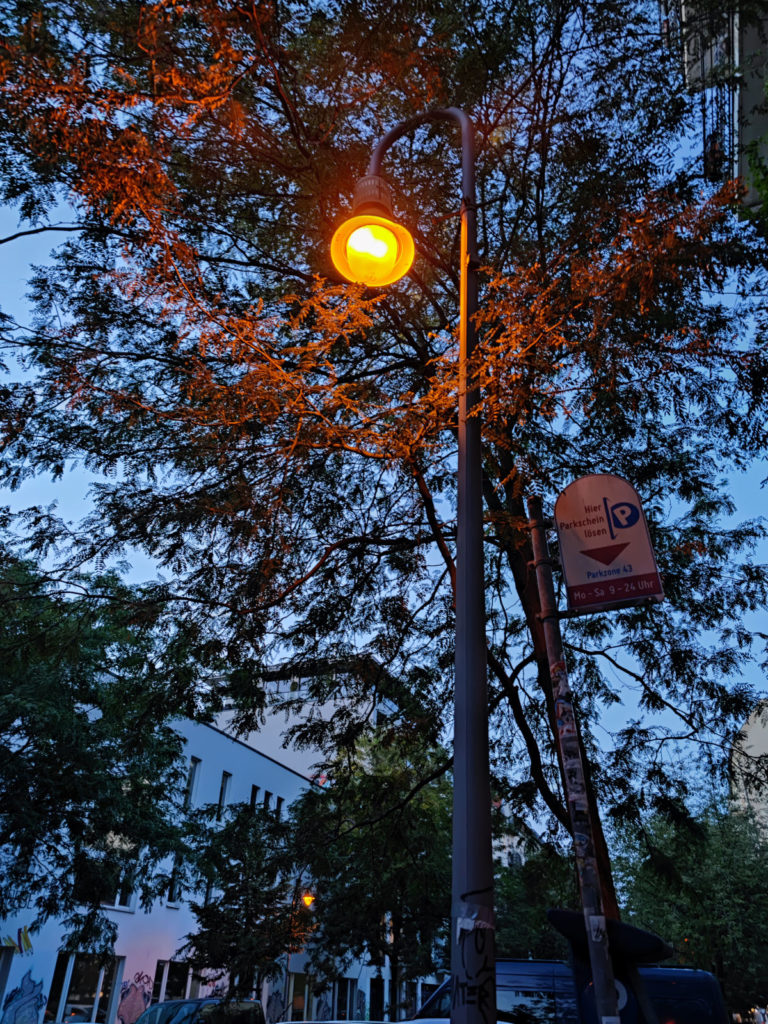
However, there are pictures from the ISS that clearly show a distinct orange/yellow glow in the former Eastern parts of Berlin at night.
So if you are walking through Berlin at night try to pay attention to the different light settings and if you are able to tell if you are in the Eastern or Western part.
Also interesting to know, during times when everyone should be trying to minimize gas consumption: Berlin still has old gas street lights that are running all day long – yes even if the sun is shining they are burning gas like crazy.
Panel buildings – Plattenbauten
All of you already have seen those gigantic panel buildings housing hundreds of inhabitants in one single building.
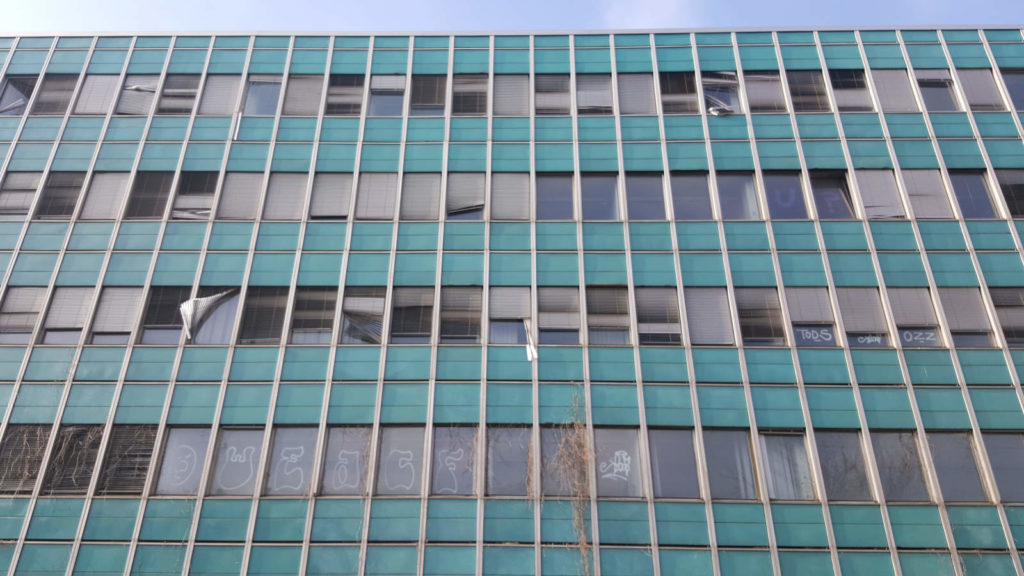
These huge panel buildings were the dream of any family back in the GDR (East Berlin).
Most of these standardized buildings included a balcony and all of them had running water, heating and an insuite toilet/bathroom.
30 years ago Prenzlauer Berg, now one of the most expensive and hip neighbourhoods in Germany, was not a nice place to live.
The run down buildings usually were heated with coal, which meant that the air in the neighbourhood was quite bad and there was always a layer of dirt around.
Most buildings had shared bathrooms and toilets – say goodbye to privacy.
So now you know why East Berlin residents were keen on living in one of those (now deemed) ugly panel buildings.
The prime locations like Alexanderplatz were almost exclusively reserved for members of the East German party.
But as we learned the former East German party did not even trust their own people – e.g. in the panel buildings at Alexanderplatz right new to the Rotes Rathaus the installed fake walls with listening devices to spy on their own people.
The biggest Plattenbauten with 20+ floors are located in Berlin Mitte next to Leipziger Straße and in Marzahn and in the Märkisches Viertel.
Altbau with high ceilings
Another really easy way to tell if you are in the former East or West of Berlin is looking at the height of the ceiling.
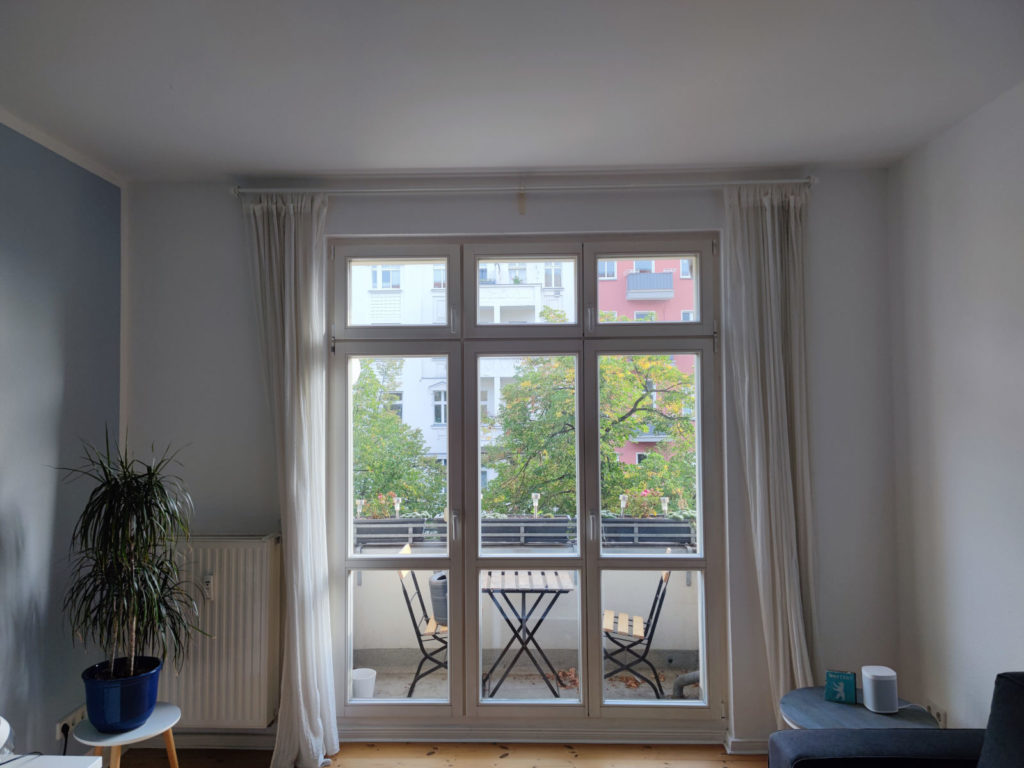
The typical Berlin Altbau dates back more than 100 years and the ceilings were roughly around 3,50m high.
However, if you are in one of the many Plattenbauten in the East, your average height of the ceiling will be more around 2,50m.
The same height applies roughly to the normal buildings in the former West of Berlin, which have been built mostly in the 50s and 60s.
House numbers system
Now it is getting complicated. Let us try to start with the numbering system of streets in the former East.
That will then explain why some streets change names at a crossroad even though it is basically the same street.
Back to numbering: In the West it is pretty straight forward. You start at 1 on one side and 2 on the other side.
Each following house on that side gets a 2 numbers higher number.
So you have on one side of the street buildings with even numbers and on the other side of the streets buildings with odd numbers.
Also you can be sure that these numbers are counted upwards, no matter what.
In the East and until this day, there are several systems.
So sometimes you have this system as in the West.
But sometimes you have streets that start at the beginning with 1 and then the house next on the same side gets 2, then 3, then 4 and so on.
At the end of the street you move to the other side and continue the way back until you reach the house opposite number 1.
So that means that a house on the left side of the street is Number 1, while the one opposite is number 392.
That is very confusing as you never know where a certain number is if you are not familiar with that particular street.
And that leads to another very bad effect.
Imagine we reach the end of the street (where we countinue counting but on the other side of the street and in the other direction).
What happens if the city grows (surprice, cities do grow) and the street will be built to continue another 1km?
Now you have to give this new part of the same street a new name as you can not continue with the numbers (remember that Number 1 and the highest number of the old street are on the other end of the new extension and now you have no way to continue with the numbers).
So, if you ever get lost in Berlin you can blame it on the city designers that screwed up and say it is not your fault.
Ethnicity mix
Western Germany had a program in the 60s and 70s that invited so called Gastarbeiter (guest workers) from mainly Turkey and Italy to Germany.
This was due to the shortage of manpower and this system was also in place in Berlin.
So many of those guest workers settled in areas such as Wedding, Kreuzberg or Neukölln.
This is why in these areas the population is mainly made up of Turkish and Arabic families.
Now that you know all the important signs to spot the difference between the former East and West it is time to get some brilliant food.
Former East Berlin and West Berlin neighbourhoods
Here is a little cheat list in case someone is challenging you to which part of Berlin belonged to the East and which one to the West.
Former East Berlin neighbourhoods:
- Pankow
- Weißensee
- Höhenschönhausen
- Lichtenberg
- Marzahn
- Hellersdorf
- Treptow
- Köpenick
Former West Berlin Neighbourhoods:
- Charlottenburg
- Kreuzberg
- Neukölln
- Reinickendorf
- Schöneberg
- Spandau
- Steglitz
- Tempelhof
- Tiergarten
- Wedding
- Wilmersdorf
- Zehlendorf
Famous landmarks in East Berlin
Now another quick cheat sheet in order to determine if you are in the East or West of Berlin.
- Fernsehturm
- Brandenburger Tor
- Charite
- Berliner Dom
Famous landmarks in West Berlin
- Kadewe
- Gedächtniskirche
- Funkturm
- Messe ICC
- Schloss Charlottenburg
- Olympiastadion
